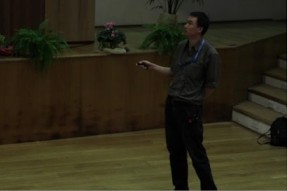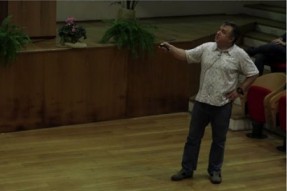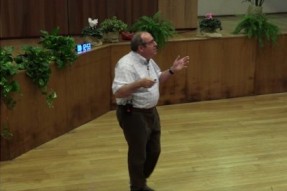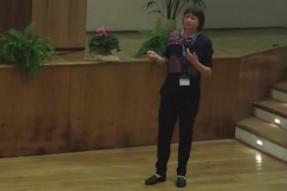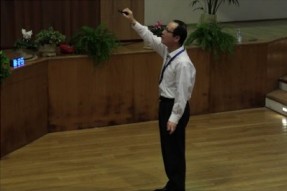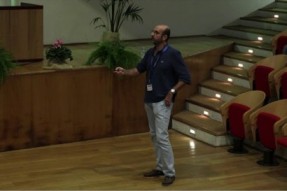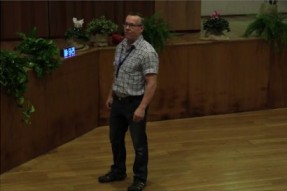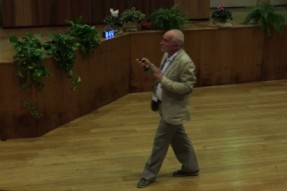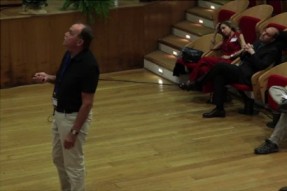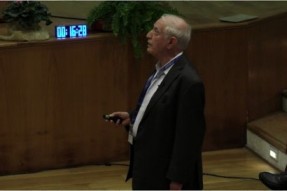This talk will present the case for lead-based supernova detectors. Such detectors are robust and economical to build and maintain over long timescales. By instrumenting tonnes of lead with He-3 neutron detectors supernova neutrinos create bursts of neutrons which can be detected with high efficiency. Electron anti-neutrino charged current reactions are Pauli-blocked by the neutron excess in lead.
Neutrons from neutral current and electron neutrino charged current excitations provide complimentary sensitivity to water Cherenkov and liquid scintillator-based detectors. The HALO detector, constructed with 79 tonnes of lead, has been running at SNOLAB since May 2012.
HALO-1kT is a proposal for a scaled up detector which would utilize 1000 tonnes of INFN lead from the decommissioned OPERA detector. With increased mass and improved neutron capture efficiency HALO-1kT would provide over a 20-fold increase in event statistics from the next galactic supernova.
"CNNP 2017 - Conference on Neutrino and Nuclear Physics" (Catania, 15-21 October 2017)
Vedi anche
- Bellezze e sporcizia nell'Universo
- Simmetria: la ricerca di ordine in natura
- Structure of proton-rich nuclei via mirror beta decay and charge exchange reactions
- Developments and applications of Micro-Pattern Gaseous Detectors (MPGD): a concise review
- Novel approaches to the nuclear physics of double beta decay
- DAMA/LIBRA results and perspectives
- The SOX experiment at LNGS for the search of sterile neutrinos
- Low-energy neutrino experiment at Jinping
- Theory of neutrino masses and mixing
- Project 8: Status and Update





